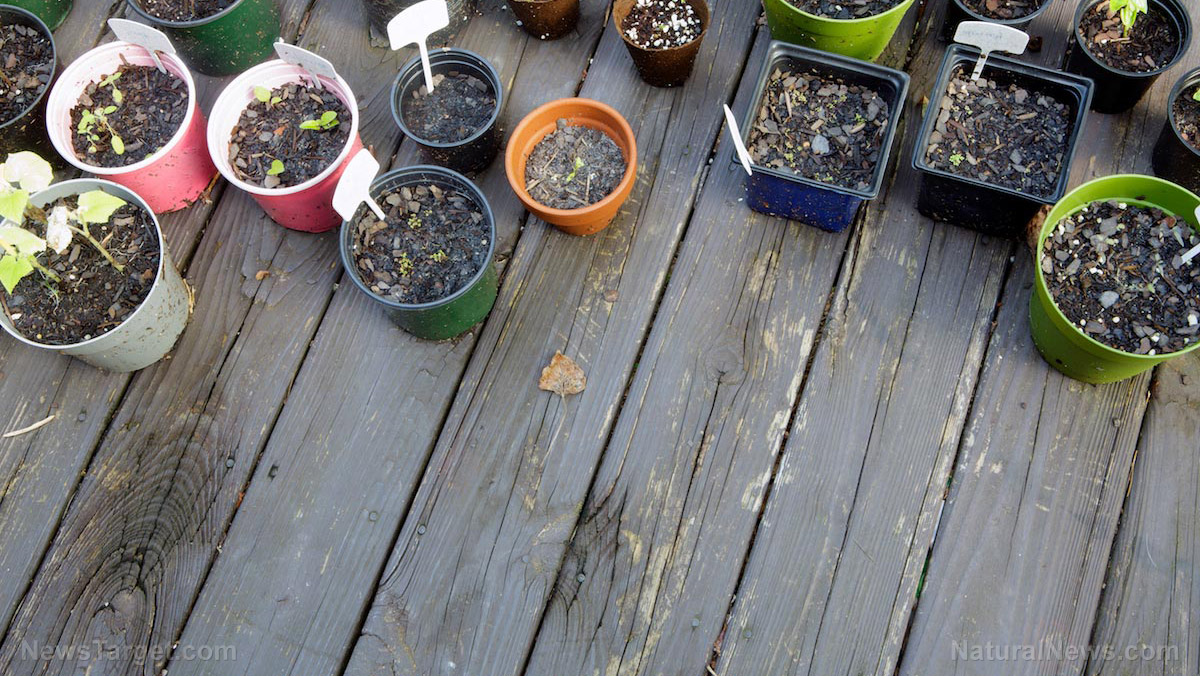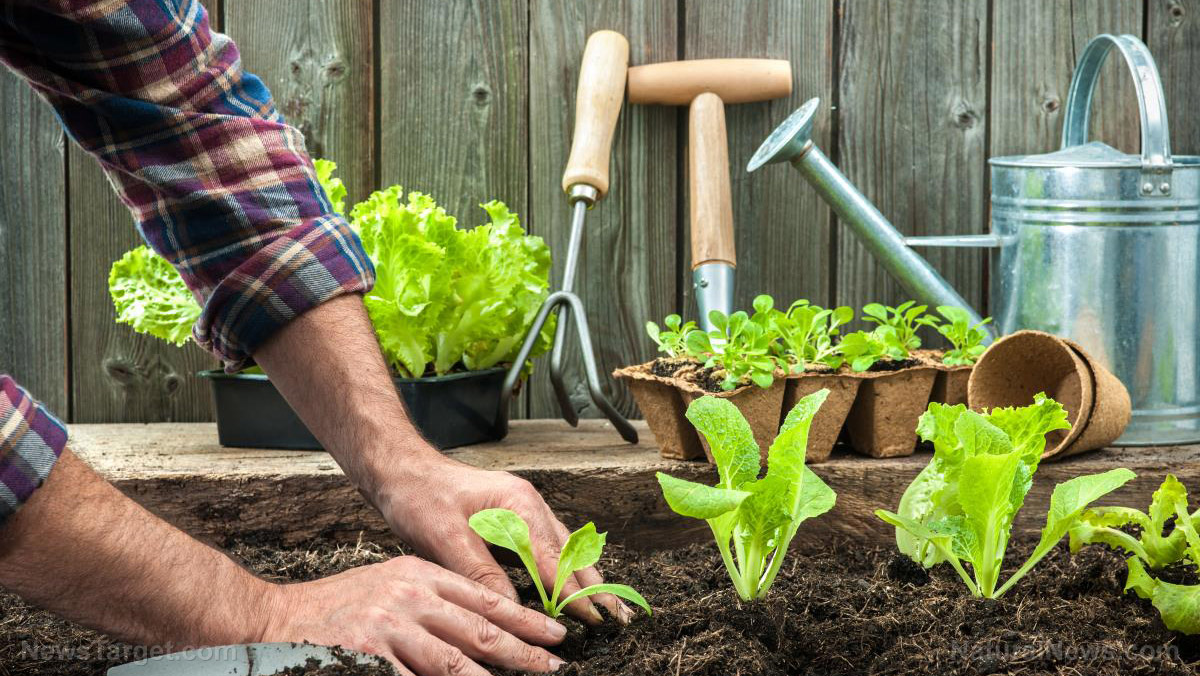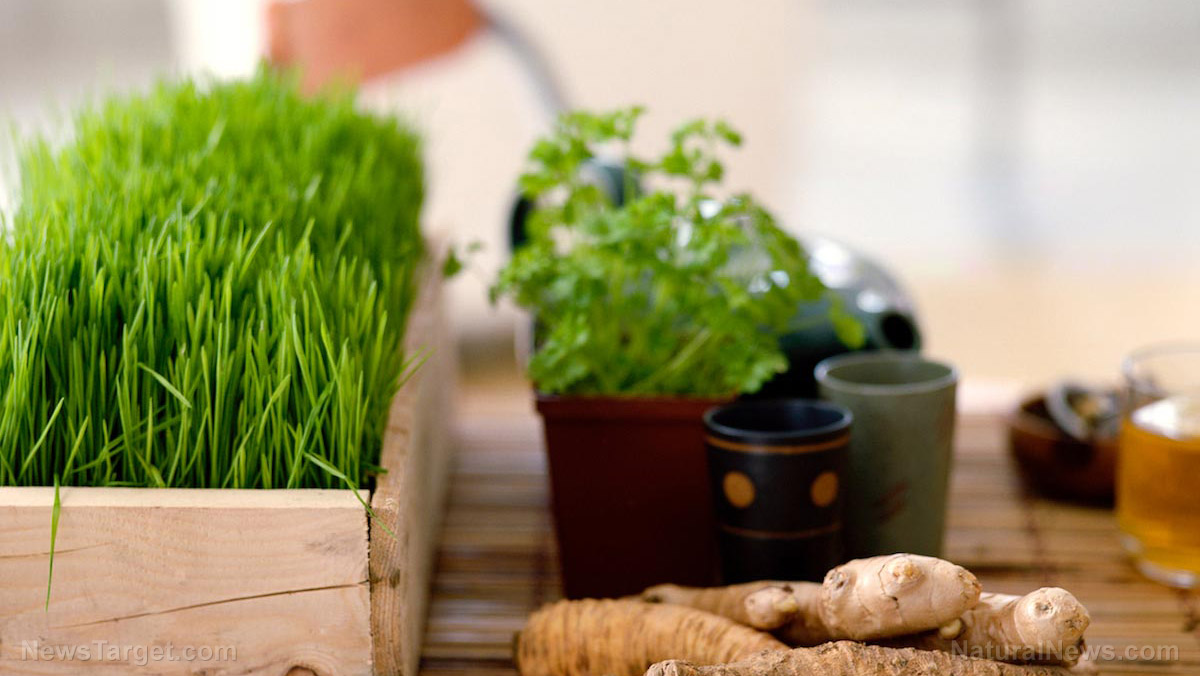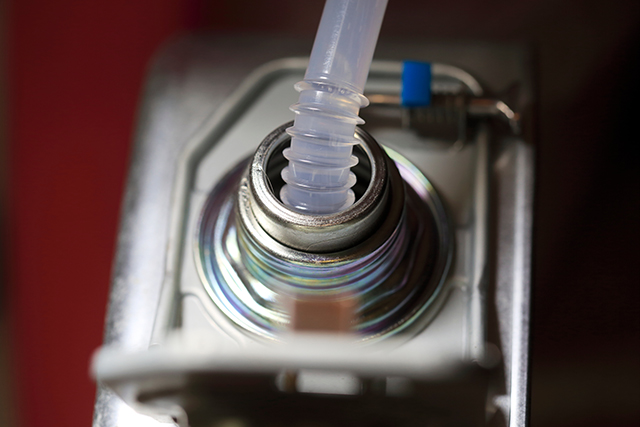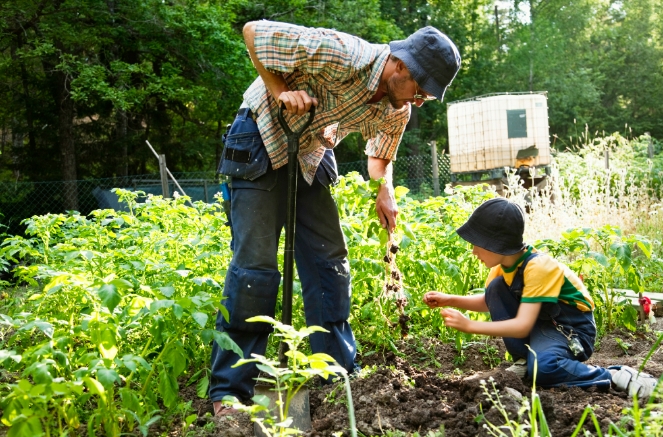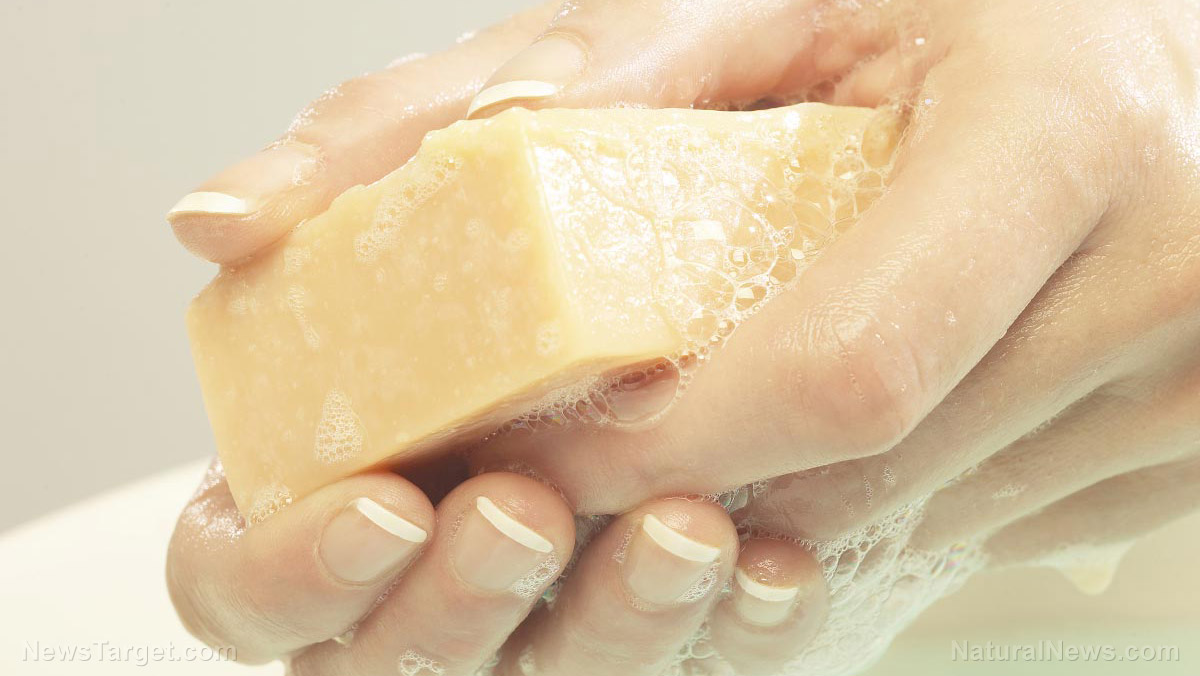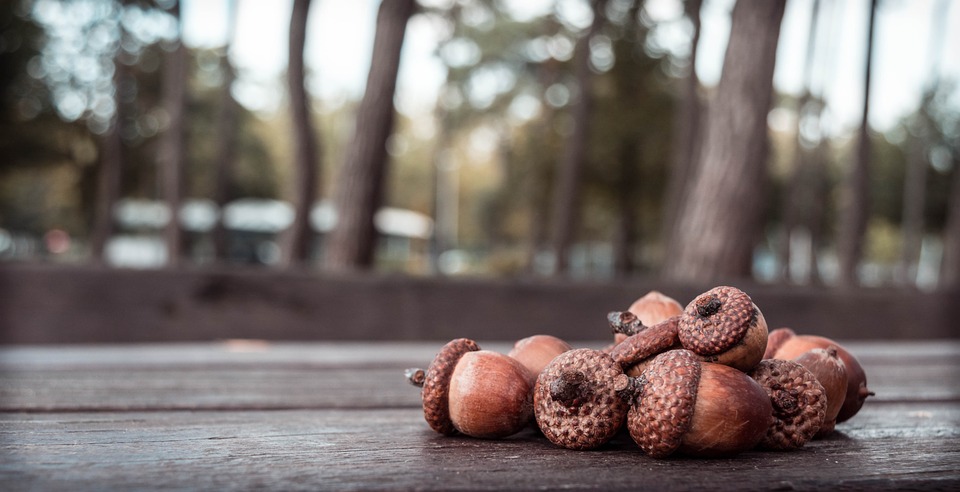Consider these 5 things when choosing a survival knife
09/15/2019 / By Melissa Smith

A survival knife is essential – whether you’re hunting, going on a short hiking trip, or planning a weekend camp. There are many kinds of survival knives to choose from, which can be confusing. To help you out, here are five things you need to consider when choosing a survival knife: (h/t to BeansBulletsBandagesAndYou.com)
- Size – One of the most critical factors you need to consider when choosing a survival knife is the size. A big knife may not always be the right kind, especially in scenarios that require you to think and act quickly and effectively. A knife that’s too small, on the other hand, can compromise essential survival skills like batoning, chopping, and splitting. Choose an average-sized survival knife, roughly about nine to 11 inches in length. A knife like this is small enough for precision but large enough to be used for more onerous tasks.
- Fixed – A folding knife may seem more convenient to carry around. However, it’s not always the best choice for survival situations, as it can’t be used for chopping, cutting, pounding, and thrusting. It also has a pivot joint: It makes the blade foldable, but will eventually break. For this reason, it’s best to choose a fixed blade. It has fewer moving parts than a folding one, which means that it is more durable in the long run.
- Full tang – In addition to being a fixed knife, your survival knife must also have a full tang. The tang of a blade is the metal part wrapped in the handle of the knife. A full tang knife means that it’s made of one continuous piece of metal without any breaks in between. This type of knife is stronger and more robust than a partial tang knife, as it is designed to withstand a lot more abuse. Moreover, it provides a stronger and more comfortable grip, which is important when using a survival knife. The blade of a partial tang knife can become loose after using it for batoning, prying, or chopping. Once the blade is loose from the handle, the partial tang knife can be difficult to use. On the other hand, a full tang knife can still be used even if its handle becomes loose. Just wrap it with some cloth for grip.
- Sharply pointed – Knives have different tips: They can be rounded, hooked, straight-cut, and sharply pointed. An ideal survival knife should be sharply pointed for it to be a better defense tool. It also makes it easier to stab or thrust through thick-layered clothing, meat, and other things. Moreover, a sharply pointed knife is more supportive and effective for drilling, intricate prying, notching, picking, removing splinters, and other survival tasks.
- Solid pommel – The pommel is the bottom part of the handle of a knife. Your survival knife should have a solid pommel, so you can use it to do some light pounding and hammering if needed. You want a flat, solid pommel – not a rounded or hooked one.
Finding a knife that has all these characteristics can increase your chances of survival. You can make the most of your knife at the time of need. An ideal survival knife should always be a multi-purpose tool, so you would not have to carry multiple knives or tools for different kinds of survival situations. (Related: Top 12 NECESSARY items for survival when SHTF.)
Sources include:
BeansBulletsBandagesAndYou.com
Tagged Under: bug out, bug out bag, chaos, Collapse, disaster, emergency, Gear, multipurpose tools, off grid, preparedness, prepper, prepping, self-defense, self-reliance, SHTF, survival, survival gear, survival knife, survival skills, Survival Tips, survival tools, weapons, wilderness survival
RECENT NEWS & ARTICLES
Homesteading.News is a fact-based public education website published by Homesteading News Features, LLC.
All content copyright © 2018 by Homesteading News Features, LLC.
Contact Us with Tips or Corrections
All trademarks, registered trademarks and servicemarks mentioned on this site are the property of their respective owners.

